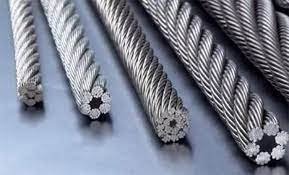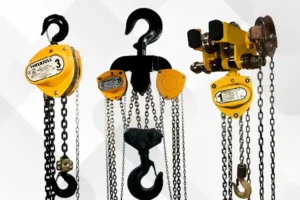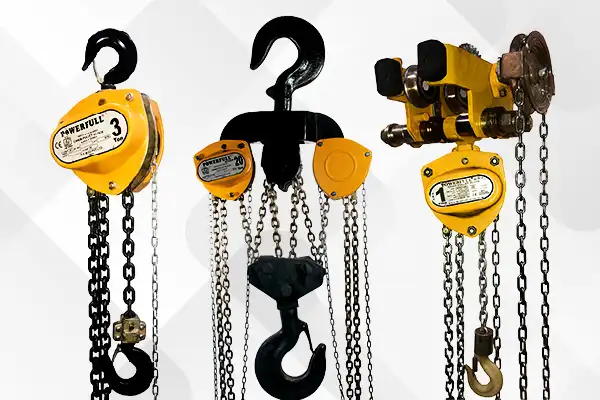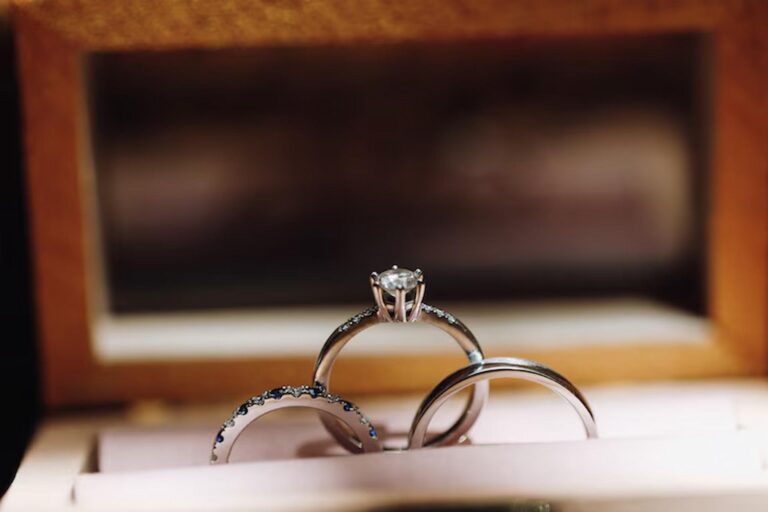The class, structure, raw material and exhibit process of crane steel wire rope depends on the application process. General steel wire ropes utilise carbon steel with a proper diameter from 0.1 to 6.0 mm and a circular province. Z-shaped and other superior-shaped wires are employed when turning sealed and semi-sealed ropes.
- Types: The types of wire ropes are separated according to their purposes. There are wire ropes for suspension bridges, wire ropes for aerial cableway use, traction wire ropes for dispatch devices, elevator wire ropes, wire ropes used for bundling and dragging things, and many more.
- Structure: The combination of wire ropes is growing and is increasingly complicated. Various coated wires, stainless steel wires, and alloy steel wires are used. To ensure the security and reliability of the service of steel wire ropes, the wire ropes need to have good strength, good flexibility, concision. of twisting, compression resistance, tear resistance, corrosion antagonism and fatigue resistance, in which force is the most significant.
What are the conditions for determining the crane’s wire ropes?
The wire ropes ought to fulfil the basic requirements. In general, left and right entangled wire ropes are used to prevent twisting and loosening when lifting objects, and they must have a safety certificate. The steel wire rope with an asbestos base should be utilised to lift and carry hot or molten metallic wire ropes. The hoisting and luffing gear must not use steel wire ropes that are braided and jointed in length. When joining other wire ropes, ensure that the joining strength at the joint is at least 90% of the wire rope’s breakage force and that it does not pass past the pulley before entering the drum.
When do you need the crane wire rope to be scrapped?
When the Wire Ropes for Cranes satisfies one of the subsequent conditions, it must be scrapped:
- The number of broken wires in the wire rope in twist pitch overextends 10% of the total number of wires.
- The outer steel wire’s wearing condition must exceed 40% of its actual diameter. When it is lacking, it must be scrapped, as stated by the broken wire’s number after dismantling.
- The number of broken wires used to lift molten metal or dangerous items reaches half the number of discarded broken wires used for available lifting gear wire ropes, like removing exterior corrosion of steel wires.
- If the wire rope’s diameter is reduced by 7%.
- The full strand of the wire rope is damaged, or the fibre core is revealed, and the partial exterior steel wire is pulled out in a cage or complex knot.
It is not permitted to use ropes made of wire without appropriate credentials. If the circumference of the wire rope does not comply with the original design and the difference in diameter should not exceed, or if the wire rope is too thick, it will rub against itself when wound on the drum, increasing wear and tear. When changing or winding a wire rope, don’t cause a knot. Practice has shown that knotted wire ropes are likelier to become brittle and break during usage. Joining two metal wire ropes within a hoist mechanism is not permitted.











+ There are no comments
Add yours